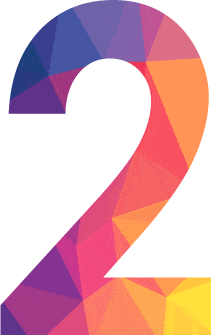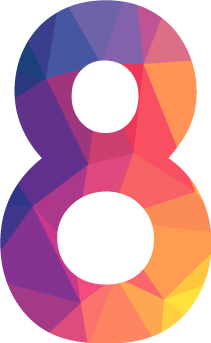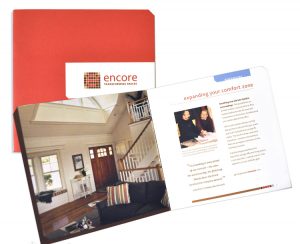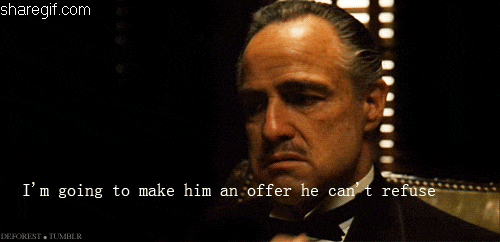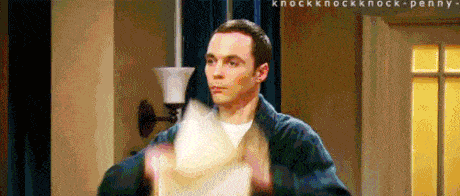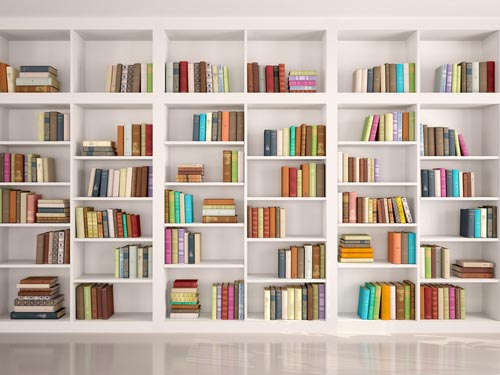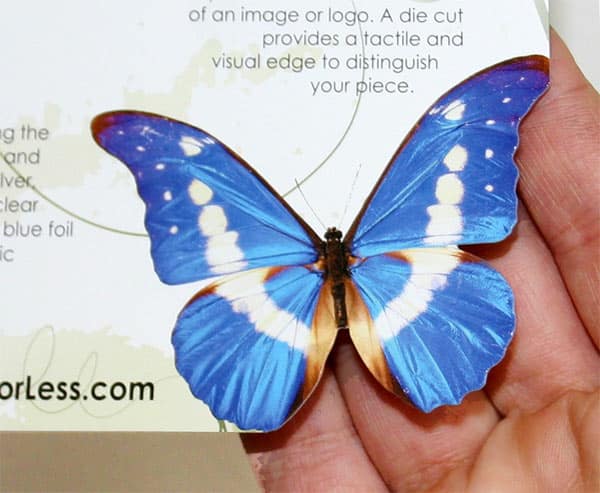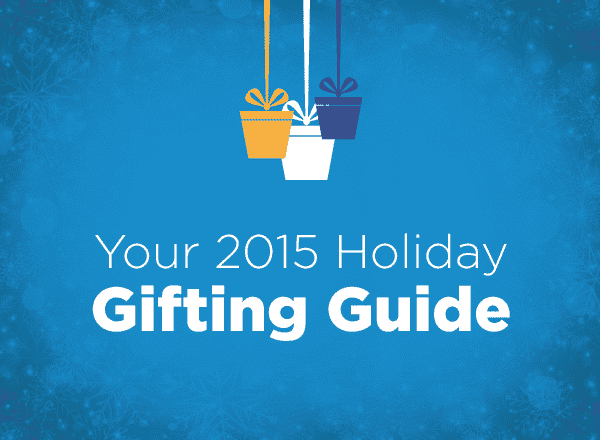
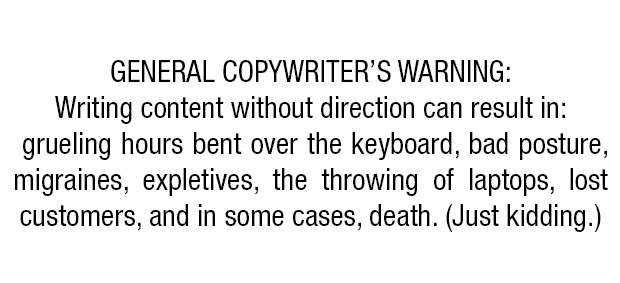
- Focus on the customer
When potential customers read content, in the back of their mind a little voice is asking, “What’s in it for me?” Always be answering that question with your copy.
Wondering how you can talk about your business and your customers at the same time? It’s simple—tie it back to them. Pair statements about your company with why the reader should care. See below for examples of content that is self-serving, versus content that focuses on the customer:
Bad: We offer flexible hours of service and custom package pricing.
Good: We offer flexible hours to fit your schedule, and custom pricing for your unique needs.
See what I did there? I mentioned a fact about my hypothetical business, but it’s a fact that adds real value. Which leads me to my next point:
- Keep it benefit focused
Most businesses tend to be feature focused. But if you stay benefit-focused, you’ll set your company apart. This is how you answer the “What’s in it for me?” question. An easy way to do this is to think of a feature first, and then ask what benefit that feature brings to your customers.
Let’s say you’re a formal menswear retailer with fashion experts and tailors on hand at all times. The benefit is that your customers have access to the expertise they need to get the perfect product. Emphasize the latter.
- Be human
Whether you market to consumers or other businesses, you’ve got to make a connection with the reader. Do this by being human. It doesn’t mean you have to be super casual, funny or over the top. It simply means dropping the industry jargon and being relatable. People buy from those they trust. If you sound like a cyborg, you won’t fall into that category.
- Keep it short and sweet
Don’t say in ten words what you can in four. Don’t drone on forever.
- Have a strong Call to Action
Calls to Action are what you ask the reader to do. Want them to call? Email? Sign Up? You’ve got to tell them. Leaving them without a CTA is like ushering them out the door.
- Engage, engage, engage
Engagement means creating a dialog between you and your customers. Whether on social media, blog posts, or your website, dialog give you real time insights into how customers are feeling and builds relationships with them.
Rules for good engagement are similar to that of good small talk. Don’t ask questions that bring your conversation to a screeching halt (this largely means avoiding “yes or no” questions).
Let’s say you’re a campaign manager for a local politician running for office, and you’ve just written a blog. Below are an example of good vs. bad engagement.
Bad: Were you happy with the last Mayor’s term?
Good: What did you like the most about the last Mayor’s term? What would you like to see done differently?
Note: If you’re going to ask people to engage, be ready to follow up when they do.
Want more resources on writing content for your business? Check out this blog post to see what kind of content turns prospects into customers, and customers into lifelong advocates.
Need help with your print? Talk to a live print expert today: 800-930-7978.


